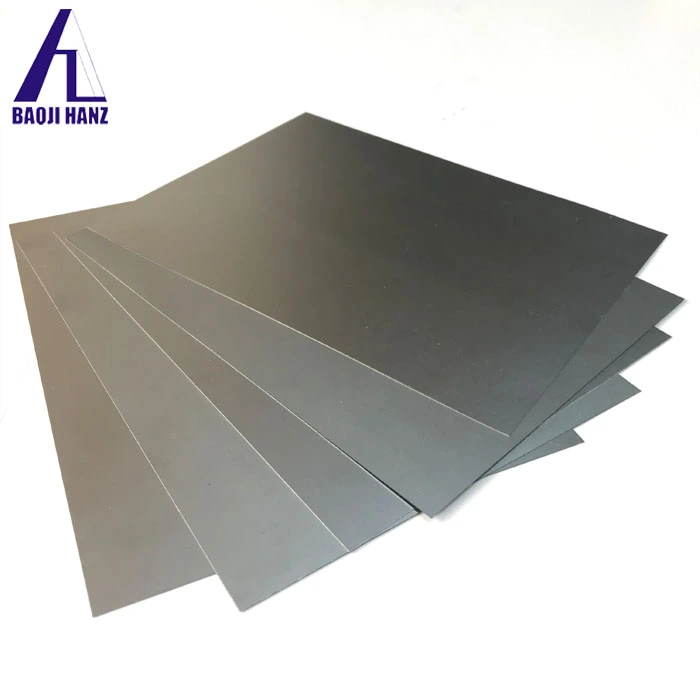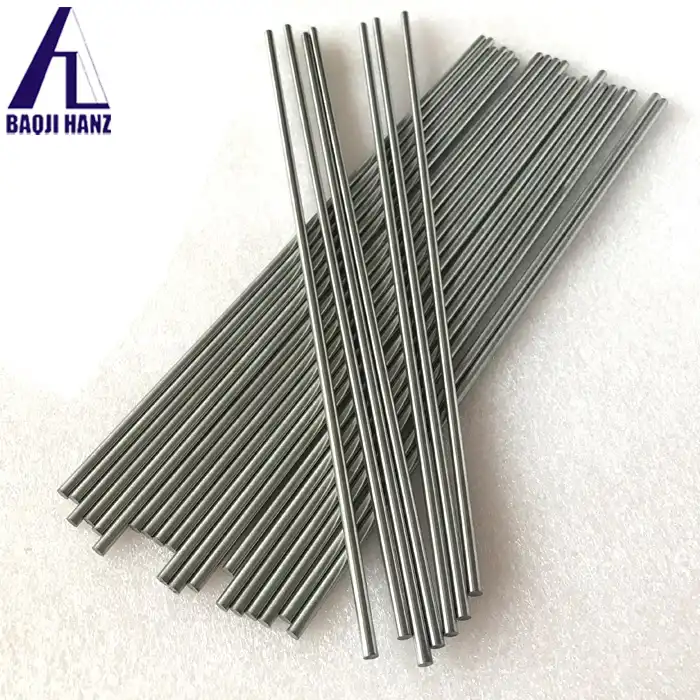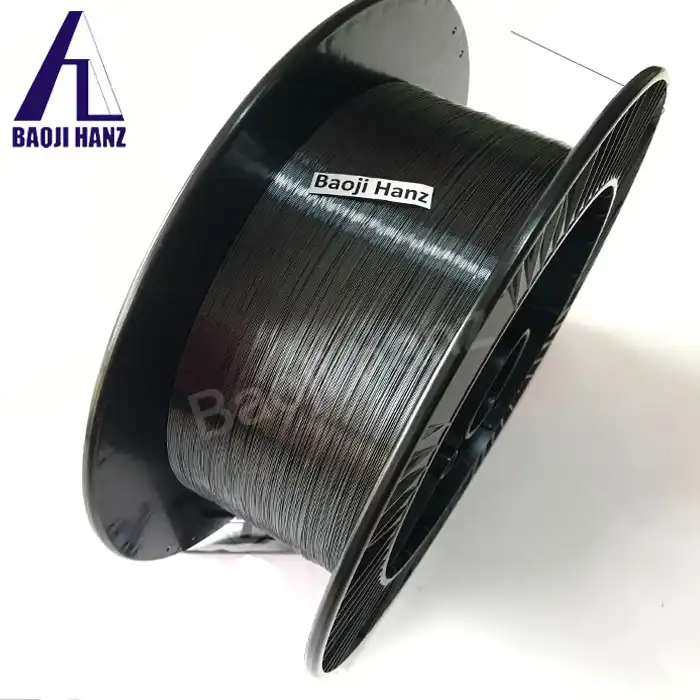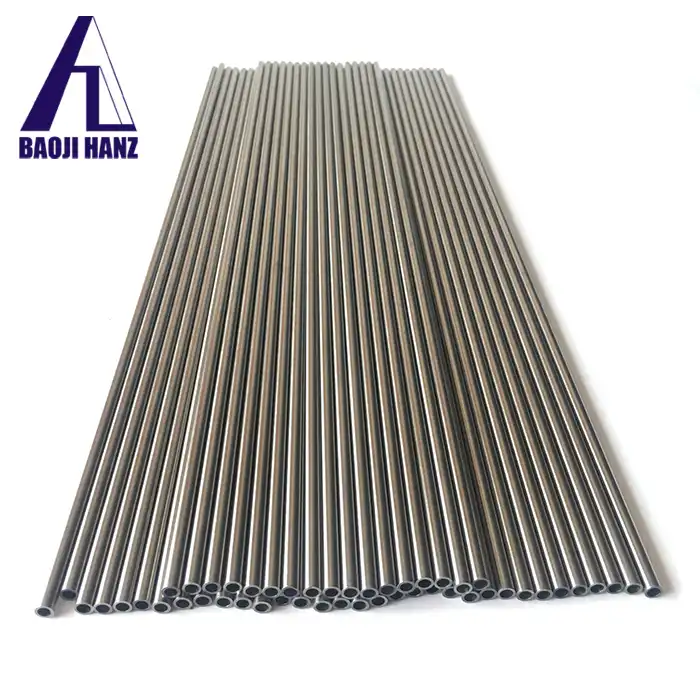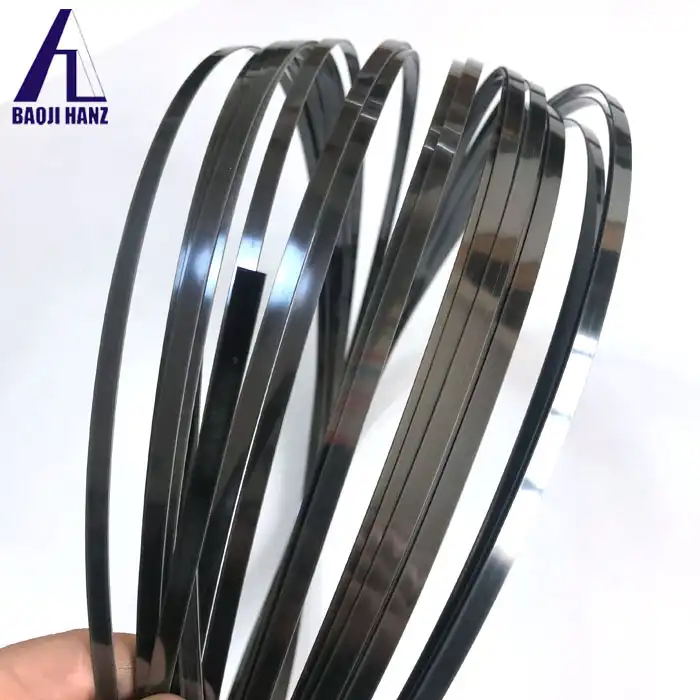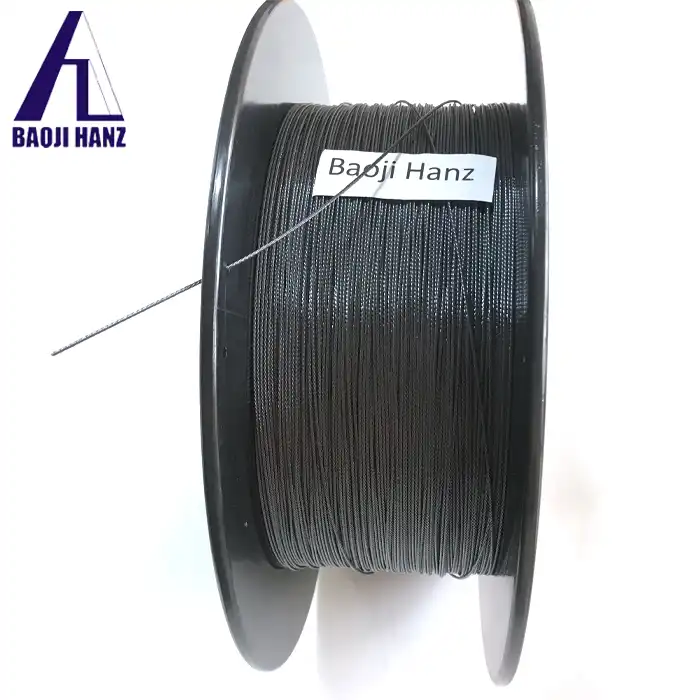How does the design of a nitinol guide wire enhance its performance?
2025-01-24 21:27:56
The design of a nitinol guide wire significantly enhances its performance in medical procedures through a combination of unique material properties and innovative engineering. Nitinol, an alloy of nickel and titanium, possesses remarkable shape memory and superelastic characteristics that make it ideal for guide wire applications. The design of guide wire medical nitinol incorporates these properties to create a device that is both flexible and strong, capable of navigating complex vascular pathways with ease. The superelasticity of nitinol allows the guide wire to bend and flex without permanent deformation, ensuring precise control and maneuverability during procedures. Additionally, the shape memory effect enables the wire to return to its predetermined shape when exposed to body temperature, further enhancing its navigational capabilities. The design also considers factors such as surface finish, tip configuration, and core-to-tip transitions to optimize trackability, pushability, and torque transmission. These design elements work synergistically to improve the overall performance of nitinol guide wires, making them indispensable tools in minimally invasive medical interventions.
Innovative Material Properties of Nitinol in Guide Wire Design
Shape Memory Effect and Its Impact on Guide Wire Performance
The shape memory effect of nitinol is a crucial property that enhances guide wire performance. This unique characteristic allows the wire to remember and return to a predetermined shape when heated to a specific temperature. In medical applications, this temperature is typically body temperature. The shape memory effect enables guide wires to navigate through tortuous blood vessels and maintain their intended shape, even after encountering obstacles or bends in the vasculature. This property significantly improves the wire's ability to access hard-to-reach areas and maintain its path through complex anatomical structures.
Superelasticity and Its Role in Guide Wire Flexibility
Superelasticity is another key property of nitinol that greatly enhances guide wire performance. This characteristic allows the wire to undergo large deformations without permanent damage or plastic deformation. In practical terms, this means that a nitinol guide wire can bend and flex to extreme degrees without breaking or losing its original shape. The superelastic behavior of nitinol guide wires provides exceptional flexibility, allowing them to navigate through tight turns and constricted spaces in the vascular system. This flexibility is crucial for minimizing vessel trauma and improving the overall safety of medical procedures.
Biocompatibility and Corrosion Resistance in Medical Applications
Nitinol's biocompatibility and corrosion resistance are essential properties that contribute to the enhanced performance of guide wires in medical settings. The alloy's high biocompatibility reduces the risk of adverse reactions when in contact with blood and tissue, making it safe for use in the human body. Additionally, nitinol's excellent corrosion resistance helps maintain the integrity of the guide wire during prolonged exposure to bodily fluids. These properties ensure that guide wire medical nitinol remain stable and effective throughout medical procedures, contributing to improved patient outcomes and device longevity.
Engineering Aspects of Nitinol Guide Wire Design
Core-to-Tip Transitions for Optimal Flexibility and Support
The design of core-to-tip transitions in nitinol guide wires is a critical engineering aspect that enhances performance. Engineers carefully craft these transitions to provide a gradual change in flexibility from the stiffer proximal end to the more flexible distal tip. This graduated flexibility allows for improved pushability and control at the physician's end while maintaining the necessary softness and maneuverability at the tip. The core-to-tip design often involves tapering the wire's diameter or adjusting its composition along its length, ensuring optimal balance between support and flexibility throughout the entire guide wire.
Surface Treatments and Coatings for Enhanced Lubricity
Surface treatments and coatings play a significant role in improving the performance of nitinol guide wires. These enhancements are designed to reduce friction between the guide wire and the vessel walls or other medical devices, such as catheters. Common surface treatments include electropolishing, which smoothens the wire's surface at a microscopic level, reducing friction and improving biocompatibility. Hydrophilic or hydrophobic coatings may also be applied to further decrease friction and enhance the wire's ability to glide through vessels. These surface modifications not only improve the guide wire's trackability but also contribute to reduced vessel trauma and improved overall procedural safety.
Tip Configuration for Improved Navigation and Lesion Crossing
The tip configuration of a guide wire medical nitinol is a crucial design element that significantly impacts its performance in navigating complex vascular structures and crossing lesions. Engineers design tips with various shapes, such as J-shaped, straight, or angled configurations, each optimized for specific clinical applications. The tip design considers factors like radiopacity for enhanced visibility under fluoroscopy, softness to minimize vessel trauma, and shapability to allow physicians to customize the tip shape for particular anatomical challenges. Advanced tip designs may incorporate additional features like spring coils or polymer jackets to further improve flexibility, tactile feedback, and lesion-crossing capabilities.
Performance Enhancements in Medical Procedures
Improved Trackability and Pushability in Complex Vascular Anatomy
The design of nitinol guide wires significantly enhances trackability and pushability in complex vascular anatomy. Trackability refers to the wire's ability to navigate through tortuous blood vessels, while pushability is the ability to transmit force from the proximal end to the distal tip. The combination of nitinol's superelastic properties and carefully engineered core-to-tip transitions results in a guide wire that can easily follow the natural contours of blood vessels while maintaining enough stiffness to be pushed forward. This improved trackability and pushability allow physicians to navigate through challenging anatomies with greater ease and precision, potentially reducing procedure times and improving patient outcomes.
Enhanced Torque Transmission for Precise Control
Torque transmission is a critical performance aspect of guide wires, and nitinol's unique properties contribute to significant enhancements in this area. The design of guide wire medical nitinol allows for excellent one-to-one torque response, meaning that rotational movements applied at the proximal end are accurately translated to the distal tip. This precise control is achieved through a combination of material properties and design features, such as optimized core wire geometry and surface treatments. Enhanced torque transmission enables physicians to steer the guide wire with greater accuracy, facilitating navigation through complex vascular structures and improving the overall success rate of medical procedures.
Kink Resistance and Durability in Challenging Procedures
The design of nitinol guide wires significantly enhances their kink resistance and durability, making them ideal for challenging medical procedures. Nitinol's superelastic properties allow the wire to undergo severe bending without permanent deformation or kinking, a common issue with traditional guide wire materials. This kink resistance is crucial in maintaining the integrity and performance of the guide wire throughout complex and lengthy procedures. Additionally, the durability of nitinol guide wires contributes to their longevity and reliability, reducing the need for wire exchanges during procedures and potentially lowering overall procedural costs. The combination of kink resistance and durability ensures that nitinol guide wires can withstand the rigors of challenging interventions while maintaining their performance characteristics.
Conclusion
The design of guide wire medical nitinol represents a significant advancement in medical device technology, offering enhanced performance through innovative material properties and engineering. By leveraging nitinol's unique characteristics and implementing thoughtful design elements, these guide wires provide superior flexibility, control, and durability in complex medical procedures. As research and development in this field continue, we can expect further improvements in guide wire design, potentially leading to even more efficient and safer medical interventions. If you want to get more information about this product, you can contact us at baojihanz-niti@hanztech.cn.
Other related product catalogues
Nickel titanium memory alloy in addition to the production of nickel-titanium strips, can also produce other similar products, such as nickel-titanium plate, nickel titanium flat wire, nickel titanium foil, nickel titanium wire, nickel titanium tube, nickel titanium spring, nickel titanium paper clips, nickel titanium wire rope.
|
|
|
|
|
|
|
|
References
1. Pelton, A. R., Stoeckel, D., & Duerig, T. W. (2000). Medical Uses of Nitinol. Materials Science Forum, 327-328, 63-70.
2. Cheng, C. P., et al. (2017). Design optimization of a nitinol guidewire for endovascular procedures. Journal of Medical Devices, 11(2), 021004.
3. Trepanier, C., et al. (2000). Improvement of the corrosion resistance of NiTi stents by surface treatments. Materials Science Forum, 327-328, 1241-1244.
4. Schaffer, J. E., & Gordon, R. (2003). Engineering characteristics of drawn filled nitinol tube. Journal of Materials Engineering and Performance, 12(1), 86-92.
5. Stoeckel, D., Pelton, A., & Duerig, T. (2004). Self-expanding nitinol stents: material and design considerations. European Radiology, 14(2), 292-301.
6. Hoon Cho, J., et al. (2015). Design and evaluation of a novel spring-loaded torsion transmission guidewire. Journal of Medical Devices, 9(1), 011008.

